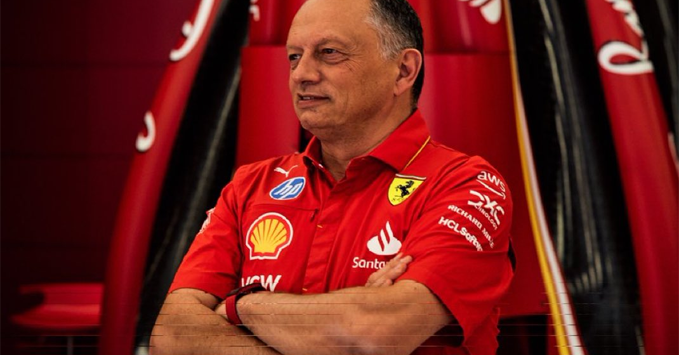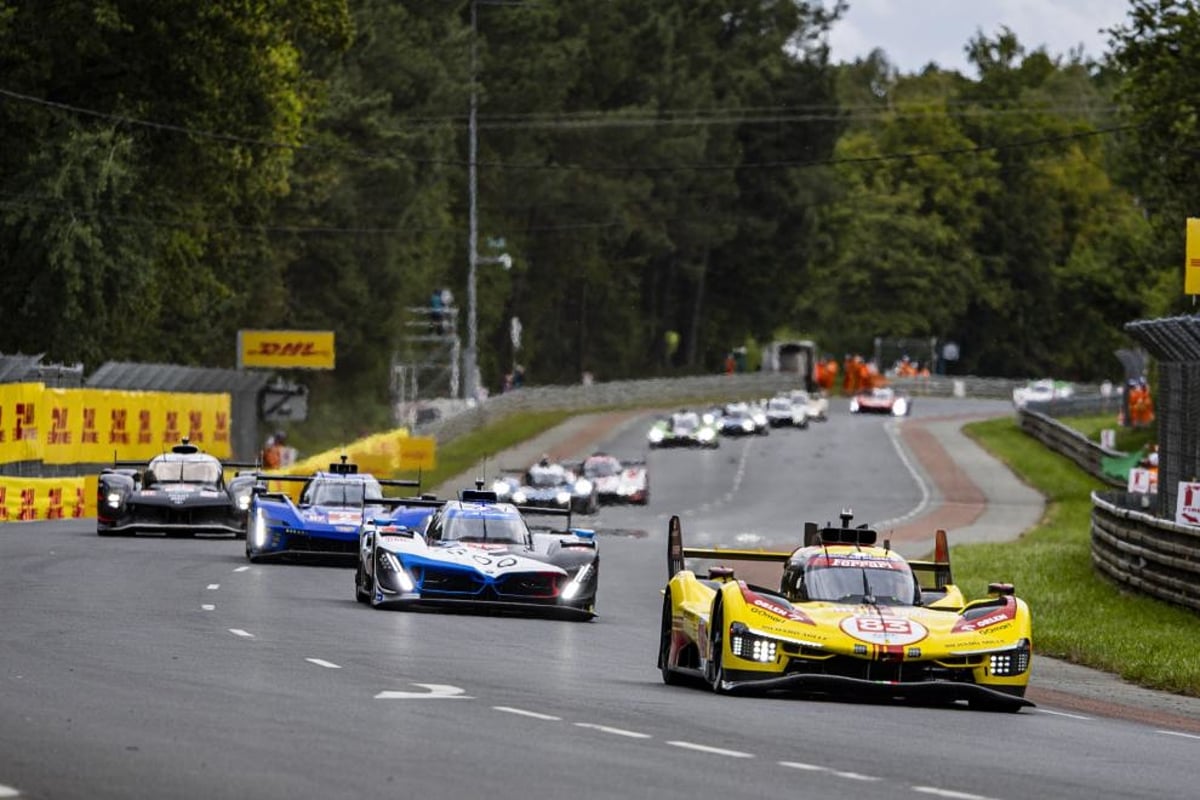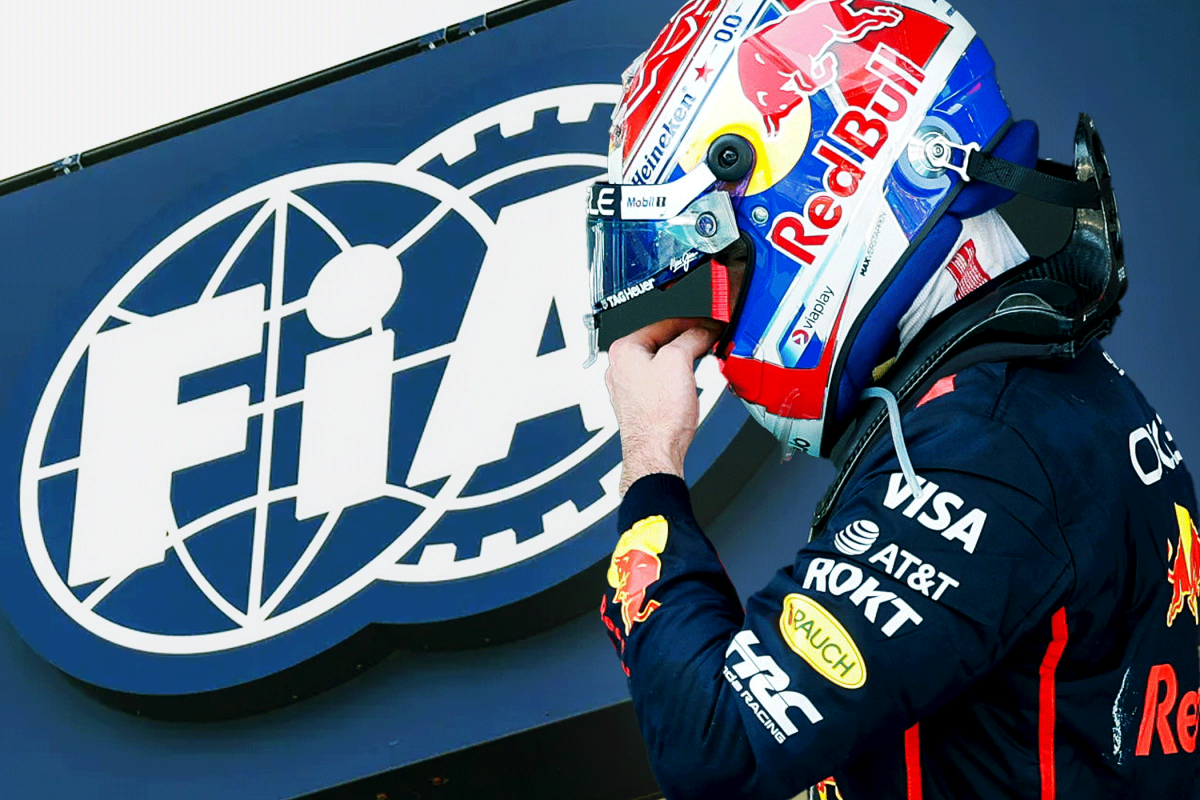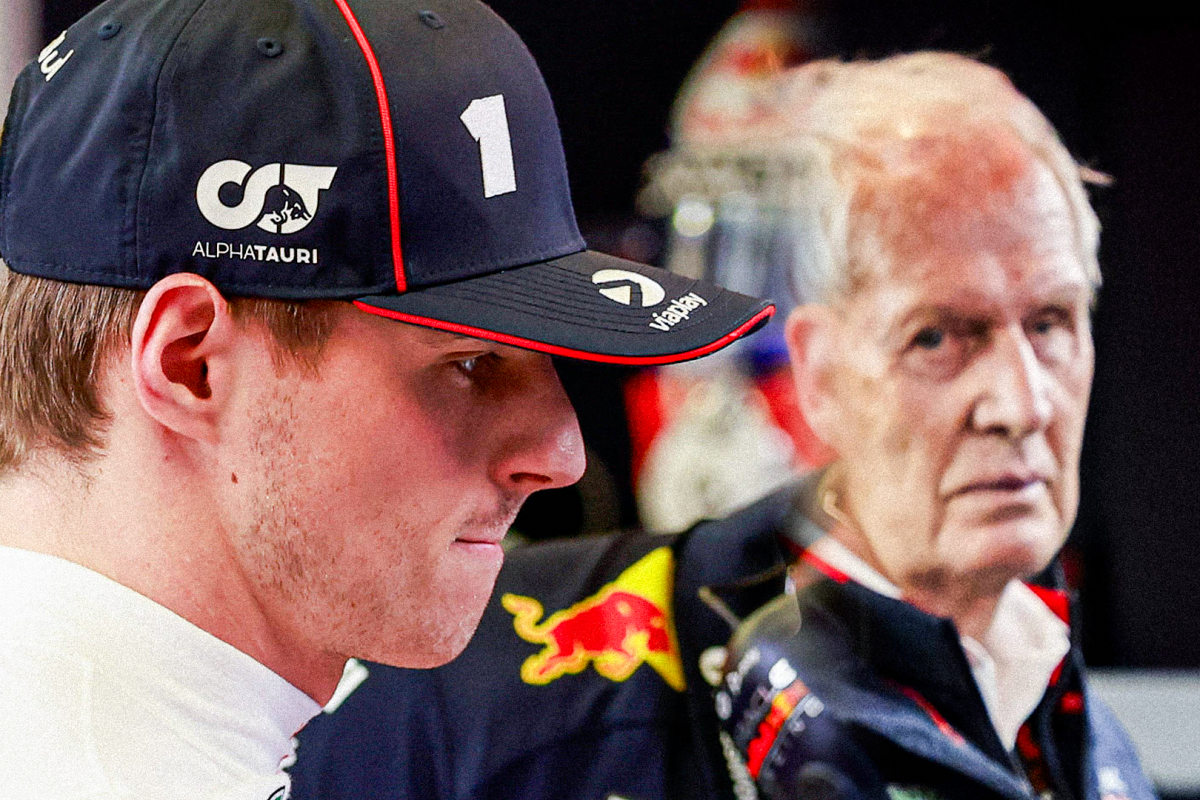Ferrari chief furious with F1 bosses and demands review over Lewis Hamilton’s…read more
Frédéric Vasseur, the team principal of Ferrari, has expressed strong dissatisfaction with Formula One Management (FOM) over their selective airing of team radio communications during the recent Chinese Grand Prix. Vasseur believes the decision to broadcast certain exchanges, especially those involving Lewis Hamilton, misrepresented Ferrari’s internal team strategies and dynamics.
During the race, Ferrari drivers Lewis Hamilton and Charles Leclerc were engaged in close competition on the track. Leclerc had suffered damage to his front wing after early contact with Hamilton but still showed faster pace compared to his teammate. Aware of his struggles, Hamilton made a strategic decision over the radio, saying he was willing to let Leclerc pass in order to help him challenge George Russell ahead. Hamilton’s message, “I think I’m gonna let Charles go because I’m struggling,” reflected a cooperative approach aimed at maximizing Ferrari’s chances in the race.
However, FOM’s broadcast failed to air this initial message from Hamilton, instead showing his conversation with his race engineer, Riccardo Adami, in which Hamilton suggested delaying the position swap until Leclerc was closer. This selective transmission, according to Vasseur, gave an incomplete and misleading portrayal of the team’s strategy and decision-making process, potentially confusing viewers about the true nature of the team’s communications.
Vasseur did not hesitate to criticize FOM’s handling of the situation, calling the selective broadcasting a “joke” and stressing that Hamilton had been the one to initiate the request to swap positions. He remarked, “Lewis asked us to swap, but to create the mess around the situation they broadcast only the second part of the question.” Vasseur has indicated that he plans to address this issue directly with FOM, seeking a more accurate and transparent portrayal of team communications in the future.
This controversy highlights the ongoing tensions between F1 teams and FOM regarding how team communications are broadcast. The selective airing of team radio can significantly shape public perception, potentially leading to misunderstandings about a team’s internal workings and strategies. Vasseur’s frustration underlines the need for more comprehensive coverage that accurately represents the events as they unfold on the track.
Adding to Ferrari’s challenges during the Chinese Grand Prix, both Hamilton and Leclerc were disqualified post-race following technical inspections. Hamilton’s car was found to have skid block wear below the regulatory limit, while Leclerc’s car was deemed underweight by 1kg. These technical infringements led to the loss of valuable points, compounding the team’s frustrations.
Vasseur has emphasized that media representation, particularly regarding team strategy and driver communication, plays a significant role in shaping the public’s understanding of the sport. Misleading portrayals can fuel unnecessary speculation and controversy, which only adds pressure on the teams. As a result, Vasseur has called for discussions with FOM to ensure that team communications are fairly and accurately broadcast in the future.
This isn’t the first time Ferrari has faced challenges related to the portrayal of their internal communications. At the Las Vegas Grand Prix, Charles Leclerc expressed frustration on the radio over team strategy decisions, prompting similar concerns about how these messages were interpreted by the public. Vasseur acknowledged these issues and pointed out that internal discussions would be held to address and learn from these experiences.
The broader picture here reveals the complex nature of Formula One racing, where teams must not only focus on technical performance and race strategies but also navigate the challenges of media representation. Ensuring that the broadcasts accurately reflect the decisions being made inside the teams is critical to maintaining both the integrity of the sport and the public’s trust in its authenticity.
As Ferrari looks to move forward from the Chinese Grand Prix, the team is focused on addressing both the technical violations that led to the disqualifications and the communication issues highlighted by the selective broadcast of radio messages. Vasseur’s proactive stance in seeking dialogue with FOM shows his commitment to improving transparency and fairness, with the goal of ensuring a more accurate portrayal of Ferrari’s strategies and decisions in future broadcasts.
In summary, the events surrounding the Chinese Grand Prix have brought attention to the significant role that media practices play in Formula One. The selective broadcasting of team communications has the potential to distort public understanding, and addressing these concerns is crucial for preserving the credibility of the sport. Ferrari’s experience serves as a reminder of the need for a balance between providing engaging content for fans and accurately reflecting the true dynamics of t
he teams and drivers.




